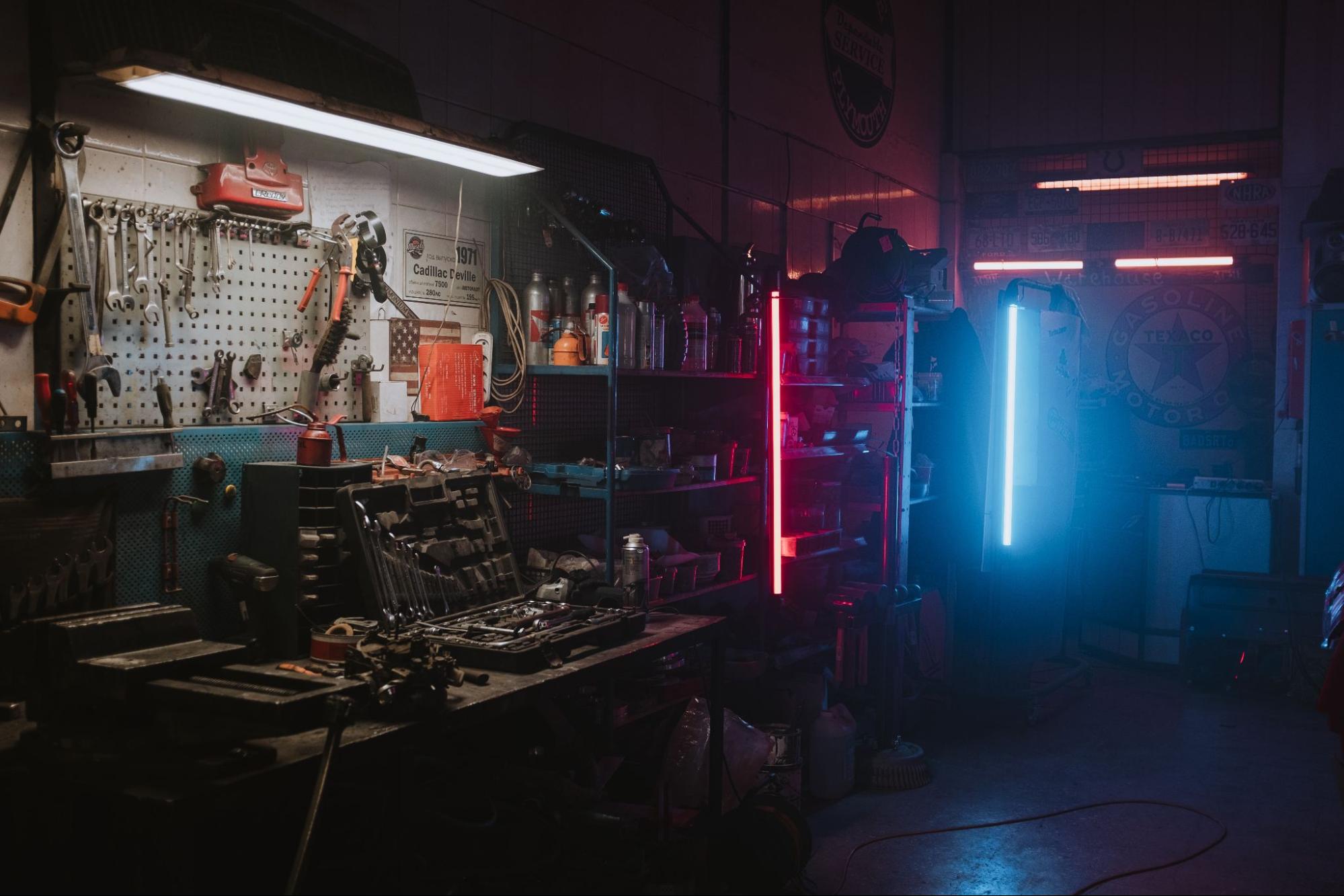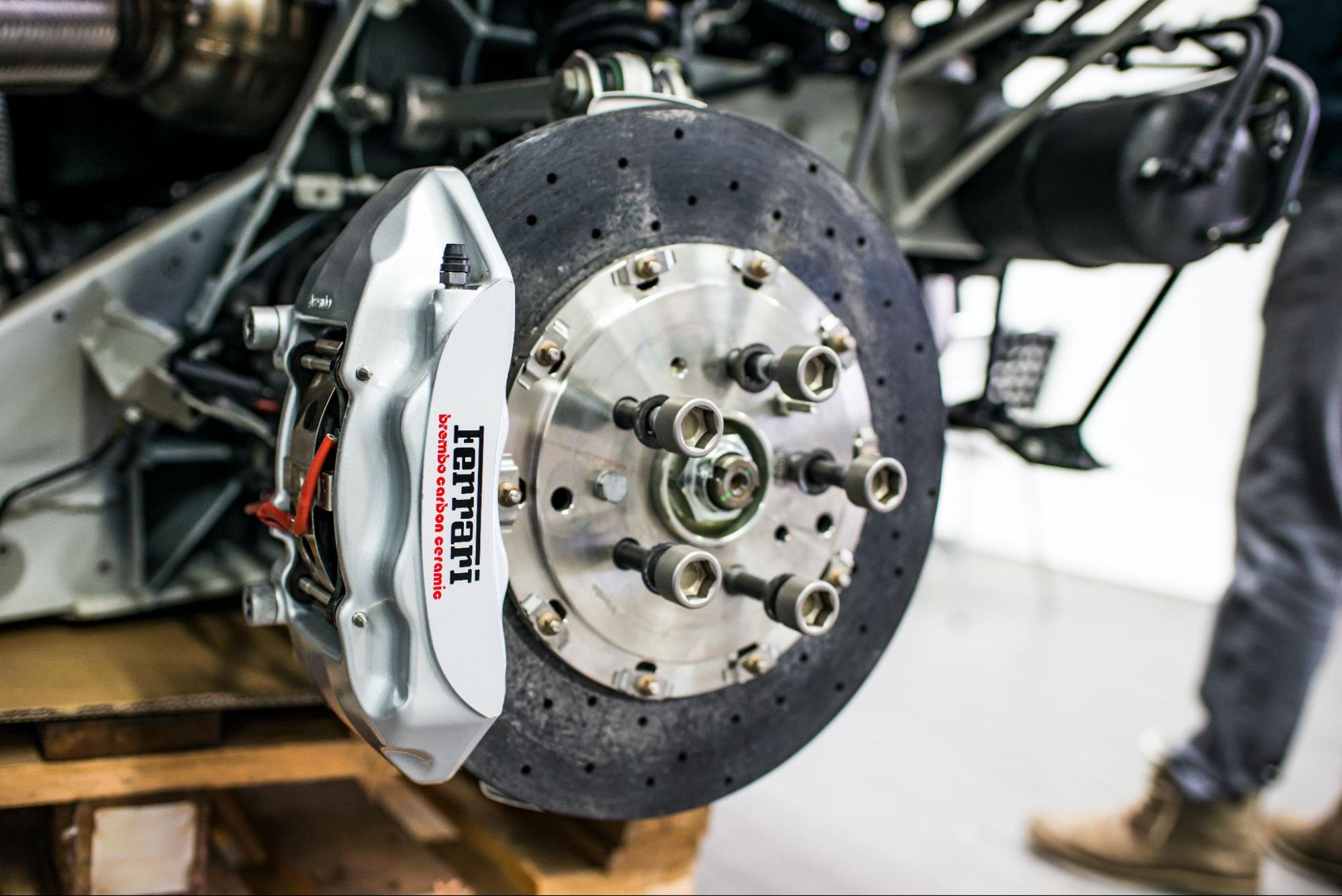
Car Chassis Repair
When it comes to maintaining your car’s overall health, the importance of car chassis repair can’t be overstated. This integral component of your vehicle is literally its backbone, providing support and stability. It’s the framework that holds everything together – from the engine and transmission to the suspension system. Ignoring necessary repairs for this crucial part could lead to serious problems down the line.
Now, you might wonder why exactly is car chassis repair so important? Well, a damaged or weakened chassis not only threatens your car’s structural integrity but also significantly reduces its safety levels. In worst-case scenarios, it can even render your vehicle undrivable. Therefore, regular check-ups and timely repairs are absolutely vital.
I’ll dive deeper into this topic and shed more light on why paying attention to your car’s “skeleton” should be top priority in any maintenance routine. The knowledge might just save you from hefty repair bills in the future or worse – accidents caused by an unstable vehicle structure.
Understanding the Role of a Car Chassis
A car’s chassis may not be the first thing that springs to mind when we think about vehicle maintenance, but it’s a vital component nonetheless. I’m here to shed some light on why car chassis repair is important and provide an insight into its role in your vehicle.
The basic function of a car chassis is quite straightforward – it’s essentially the skeleton of your vehicle. It provides the necessary structure and supports all other components like engine, transmission, suspension system etc., much like our bones support various organs in our bodies.
But it doesn’t stop there. The chassis also plays a pivotal role in ensuring your safety while you’re out on the road. Ever wondered how cars manage to absorb those jolts and bumps without transferring them directly to you? Yep, that’s right — it’s all thanks to the car’s mighty chassis. Its design helps absorb and distribute impact energy during collisions or accidents, protecting passengers from potential harm.
Here are some quick facts about car chassis:
- They are designed for specific models: Each model or type of vehicle has a unique design for its chassis.
- Material matters: Modern day cars usually have chassis made from high-strength steel or lightweight alloys for better performance and fuel efficiency.
- Maintenance is key: Regular inspections can help identify issues early on, minimizing potential damage and saving costs in the long run.
Understanding these points will hopefully highlight why regular check-ups and timely repairs are so crucial when it comes to this often overlooked part of your vehicle!
Remember – just because something isn’t visible at first glance doesn’t mean it shouldn’t be taken care of. After all, you shouldn’t ignore your body’s health just because you can’t see every bone or organ! So next time you book a service appointment for your ride, make sure they give that underappreciated hero – the car chassis – some well-deserved attention too.

Identifying Common Chassis Problems
If you’re wondering why car chassis repair is important, let’s first dive into the kind of issues you might encounter. Remember, your vehicle’s chassis serves as the backbone of your car. It’s what holds everything together and ensures a smooth ride. Therefore, ignoring any signs of wear and tear can lead to severe consequences.
One common issue many car owners face is rusting or corrosion. This typically happens when your vehicle gets exposed to harsh elements like saltwater or snow. It can be particularly damaging for cars that spend a lot of time near coastal areas. The scary part? Often it’s not visible until significant damage has occurred.
Another problem could be distortion due to collisions or accidents. Even minor fender benders can throw off your alignment causing vibrations while driving or uneven tire wear.
Let’s not forget stress cracks which often go unnoticed because they’re usually hidden beneath the bodywork. These are caused by excessive load or constant jarring on rough roads.
Here are some signs to look out for:
- Your car pulls to one side while driving
- Uneven tire wear
- Difficulty steering
- Unusual noises from under the vehicle
Remember, early detection is key when it comes to maintaining your car’s chassis health.
Does this seem overwhelming? I promise it’s less intimidating than you think! Plus, being aware of these problems helps emphasize why regular inspections and timely repairs are crucial in preserving the lifespan and efficiency of your vehicle.







































